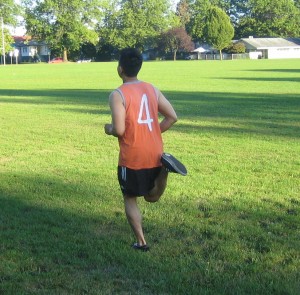A teen that has difficulty in breathing or is huffing and gasping after certain activities can be considered dangerous. There are many factors that could trigger shortness of breath.
Shortness of breath is also known as dyspnea and it happens when a teenager cannot breathe normally and he/she feels that there is not enough air. The affected teen will be experiencing tightness in the chest or a feeling that he/she is being suffocated. Shortness of breath is only temporary and goes away when environment and lifestyle factors are eliminated, but shortness of breath that is cause by some medications requires medical attention in order to minimize the symptoms.
Causes of shortness of breath in teenagers

Engaging in extreme physical exertion can cause the teen to have difficult time breathing, but stopping the exercise or activity resolves the problem. Shortness of breath can also be experienced when going to highly elevated areas that have very warm or very cold temperatures. Teens with cold that clog the sinuses make it more difficult to breath, but it disappears as the virus clears up. Exposure to dust, cigarette smoke and pollution in the environment can also cause temporary shortness of breath.
Shortness of breath that happens frequently could be a symptom of an underlying medical condition such as asthma which is common among children. Anemia where there is not enough supply of iron will result to fatigue and skin that is pale can also instigate shortness of breath. Persistent allergies to the dust, pollen and mold can cause difficulty in breathing in teens. Those who are obese can also suffer shortness of breath. Certain disorders such as anxiety disorders, heart problems, panic attacks and lung disorders can lead to shortness of breath.
Treatment and home remedies
- Allow the victim rest and he/she must avoid any exercise.
- Assist the teenager to sit, stand or lie down or whatever is comfortable and instruct him/her to hold the arms above the heads in order to maximize expansion of the chest. Another is the “tripod position” by sitting on the edge of a bed or chair and lean forward with hands or elbows propped up on the knees.
- If shortness of breath is caused by some underlying conditions such as heart attack, problems with the lungs, seek medical help immediately.
- If the victim has oxygen available during episodes of shortness of breath, the victim should use his/her oxygen.
You can register for first aid training if you want to properly manage this condition.
Some tips in treating shortness of breath
- Stop smoking in order to slow down the progress of the disease as well as making breathing a lot easier.
- The victim should take his/her medication such as bronchodilators and corticosteroids. These medications will improve breathing and provide comfort to the individual.
- Encourage the individual to get adequate amounts of sleep.
- Avoid exposure to any airway irritants
- Use oxygen if needed
- Eat nutritious food or stick with a diet rich in antioxidant vitamins such as D, E, C and A.
